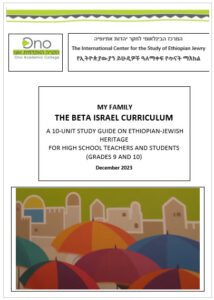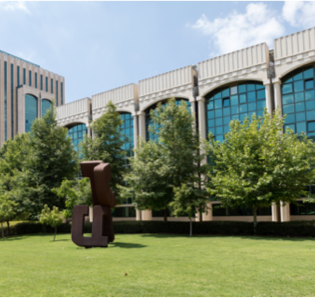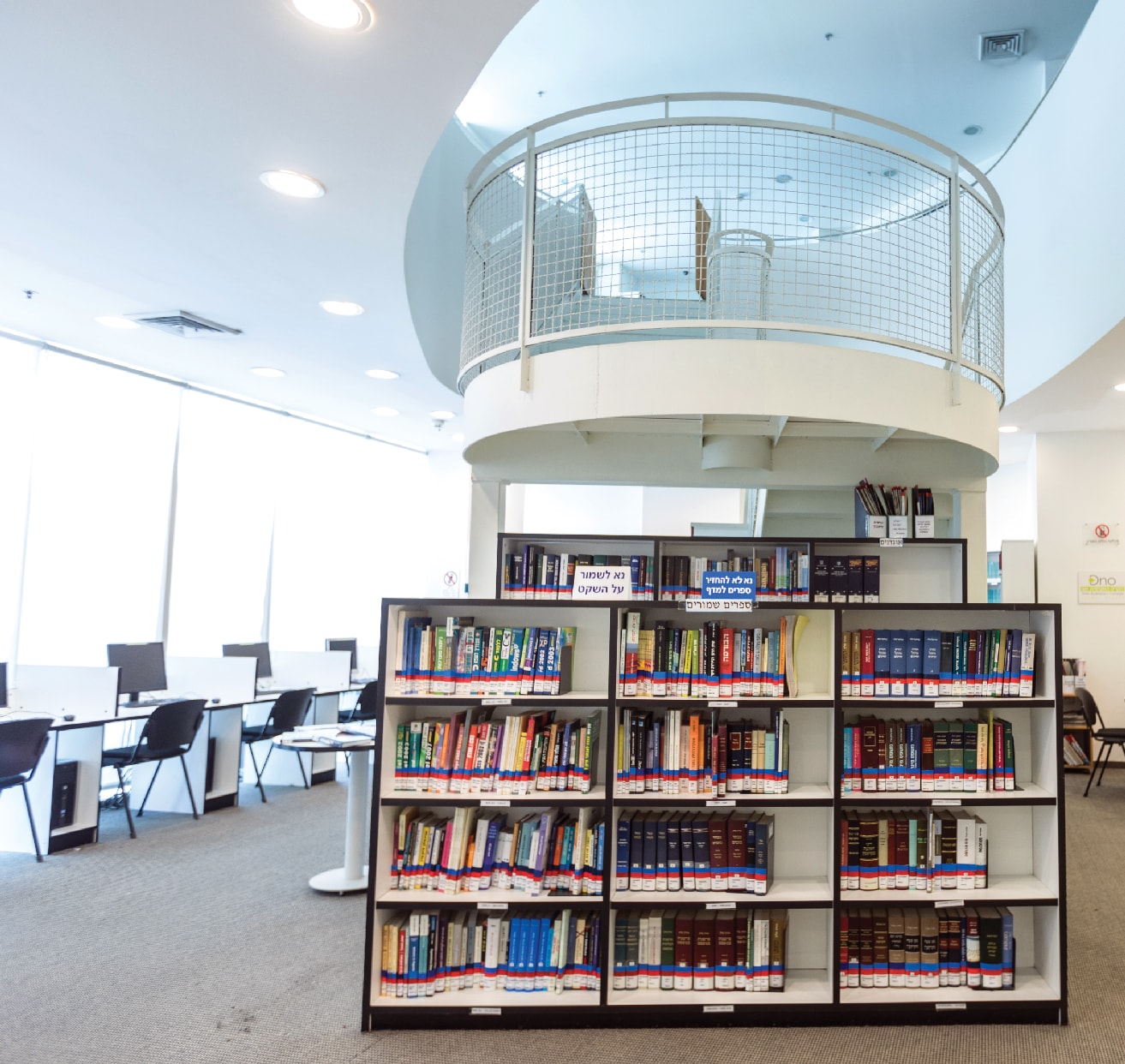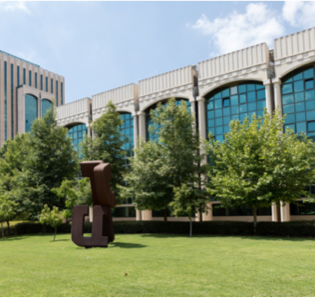MY FAMILY
THE BETA ISRAEL CURRICULUM

ABBA MAHARI
Students should read the following excerpt to learn about Abba Mahari and his influence in Ethiopia:
| TEXT 1: Rabbi Dr. Sharon Shalom, From Sinai to Ethiopia, pp. 35-36 |
| Abba Mahari was born into the Beta Israel community in the early nineteenth century in the Kawara district. After he was ordained as a kes (religious leader), Mahari became a monk and lived a life of isolation in which he wandered from one village to another, teaching Torah to Jews. [When] Henry Stern [a famous Anglican missionary who was born a German Jew] first met Abba Mahari in 1860, [he offered the] following description of their meeting: “Abba Mahari, the leader, appeared in a turban white as snow and garments of the same color, holding a long bamboo staff, like a bishop’s staff, and moving with hushed weightiness. There was something imposing and majestic in the appearance of the man, which one could scarcely behold without admiration and reverence. In my opinion, he was about sixty years old, his appearance noble and authoritative, his forehead high and expressive, his eyes sad and restless, and his expression, which before had undoubtedly been moderate and attractive, had become quite strange and other-worldly as a result of self-training and abstinence.” |

Rendering of Abba Mahari Credit: Historia Olamit74
After reading this passage, students should be asked to share their thoughts about Abba Mahari’s way of life, his aspirations, and even his appearance, to explain his influence on the Beta Israel community.
To inspire students’ imaginations, teachers may wish to share an artistic rendering of Abba Mahari.
After this discussion, students should read the following passage about a seminal event that took place in 1862 – two years after the Jewish-born Anglican missionary Henry Stern first met Abba Mahari.
| TEXT 2: Rabbi Dr. Sharon Shalom, From Sinai to Ethiopia p. 36 |
| Abba Mahari gathered thousands of Beta Israel and told them about [his] vision. They followed him on a tortuous journey. When they reached the Red Sea,75 they stood gazing at the water, but it refused to part. Many began to doubt the reliability of the dream, and begged Abba Mahari to return to Ethiopia. Abba Mahari tried to calm the public and spoke to them about Zionism: “We must believe that God is testing us, as he did our forefathers during the Exodus from Egypt. He parted the sea then, and He will do so now as well.” He believed that God was with him, watching over the community. Abba Mahari raised his staff over the water, but it did not divide. He entered the sea first, followed by thousands who believed that God would part the waters. Instead, many drowned. After reading this piece, students should be asked to write a fictional diary entry, as though from the perspective of a member of the Beta Israel who was present during this disaster at the Red Sea. Students should be asked to write in their “diary” the details they “witnessed” as Abba Mahari entered the water and urged others to join, describing their “emotions” as thousands followed and drowned. |
74 Photograph courtesy of Historia Olamit, http://histori-aolamit.blogspot.com/2016/07/blog-post_21.html
75 As Micha Feldman wrote in On Wings of Eagles: The Secret Operation of the Ethiopian Exodus, pp. xii-xiii: While Abba Mahari believed that he was on the shore of the Red Sea, he was – in fact – on the banks of the Tekeze River.








